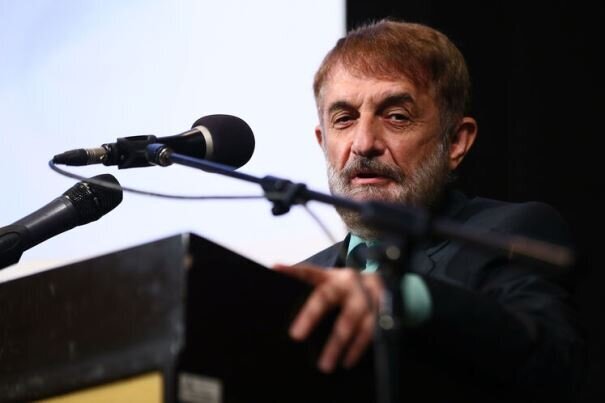Leader’s advisor highlights tourism potential as an economic powerhouse

TEHRAN – A top economic adviser to the Leader of the Islamic Revolution, Ayatollah Seyyed Ali Khamenei, has emphasized that tourism could play a crucial role in bolstering Iran’s economic power on the global stage.
“We must enhance our economic power on the global scene and part of that enhancement lies in the tourism sector,” Ali Agha-Mohammadi said on Tuesday.
Addressing an international congress on the development and empowerment of the tourism economy, Agha-Mohammadi called on the private sector to take a proactive role in this development, encouraging industry leaders to think strategically, provide direction, and actively pursue their goals.
He pointed out that a substantial portion of the targeted 8% growth outlined in Iran’s Seventh Development Plan should come from the flourishing tourism sector. He noted, “While oil and gas in Iran yield high returns and should see continued investment, tourism development must also be a priority.”
Held in Tehran’s conference hall of the Islamic Republic of Iran Broadcasting (IRIB), the congress focused on the role of the value chain in the tourism industry and sustainable development and gathered tourism activists and stakeholders to discuss strategies for empowering and expanding the sector.
On the sidelines of the congress, an exhibition showcased the capabilities of Northern Cyprus, Iran’s free trade zones, the Cultural Heritage Research Institute, and private sector enterprises.
The emphasis on tourism as an economic driver is part of a broader strategy to diversify Iran’s economy, traditionally reliant on its rich oil and gas resources.
According to available data compiled by the tourism ministry, more than six million foreign tourists arrived by air, road, and sea in the country during the past Iranian calendar year, which came to an end on March 19. The figure marks a substantial year-on-year increase compared to a year earlier (1401) in which approximately 4.23 million tourists visited the Islamic Republic.
Earlier in April, Cultural Heritage, tourism, and Handicrafts Minister Ezzatollah Zarghami said that the Islamic Republic had granted visa-free access to approximately half of the world’s population, “totaling around four billion people.” “Currently, half of the world’s population can travel to Iran without visas,” Zarghami said.
Elsewhere in his remarks, the minister addressed concerns over negative portrayals of Iran in foreign media, attributing them to a phenomenon known as “Iranophobia.” “We are facing an issue called Iranophobia, and tourism can counteract this phenomenon,” Zarghami said. “Unfortunately, some foreign media outlets, by pursuing the Iranophobia project, seek to hinder the growth, development, and prosperity of tourism.”
The visa-waiver program was approved for India, United Arab Emirates, Bahrain, Saudi Arabia, Qatar, Kuwait, Indonesia, Brunei, Japan, Singapore, Cambodia, Malaysia, Vietnam, Brazil, Peru, Cuba, Mexico, Bolivia, Venezuela, Bosnia and Herzegovina, Serbia, Croatia, Belarus, Lebanon, Uzbekistan, Kyrgyzstan, Tajikistan, Tunisia, Mauritania, Tanzania, Zimbabwe, Mauritius, and Seychelles.
Besides, the Islamic Republic has previously had visited cancelations with some countries like Turkey, the Republic of Azerbaijan, Oman, China, Armenia, Lebanon, and Syria, in various forms - unilateral, bilateral, and group visa cancelations, including airport visas, which were implemented in some cases. The privilege has been granted to tourist groups from Russia based on a mutual agreement inked between Tehran and Moscow.
Iran expects to reap a bonanza from its numerous tourist spots such as bazaars, museums, mosques, bridges, bathhouses, madrasas, mausoleums, churches, towers, and mansions, of which 27 are inscribed on the UNESCO World Heritage list.
AM
Leave a Comment